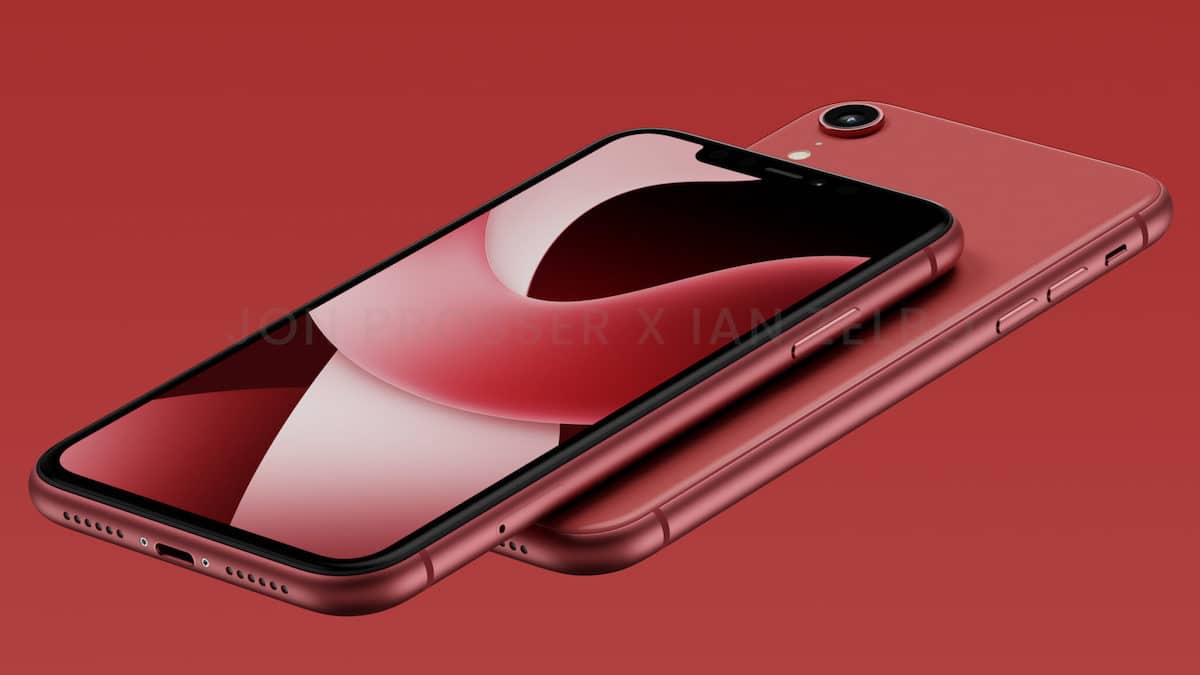According to renowned analyst Ming-Chi Kuo, Apple is set to introduce major updates with the upcoming iPhone SE 4 and iPhone 17 models. Here’s a detailed look at what we can expect from these highly anticipated releases.

iPhone SE 4
Design and display:
The iPhone SE 4 is expected to take a significant design cue from the iPhone 14, featuring a more modern and sleeker look. This will mark a substantial upgrade from the current SE model, which still carries the design language of older iPhones.
The new SE model is anticipated to have a thinner and more streamlined design, aligning it closer to the premium aesthetics of Apple’s flagship models.
Apple-designed 5G modem:
One of the standout features of the iPhone SE 4 will be its 5G capabilities, powered by an Apple-designed modem. This shift is a strategic move by Apple to reduce its reliance on Qualcomm for 5G technology. The inclusion of this in-house 5G chip is expected to enhance performance, increase battery efficiency, and reduce costs.
Launch timeline:
The iPhone SE 4 is slated for release in 2025. This gives Apple ample time to refine its 5G technology and ensure seamless integration into the new model.

iPhone 17
Ultra-thin design:
The iPhone 17 is expected to push the envelope with an ultra-thin design. Apple has always been at the forefront of sleek and sophisticated aesthetics, and the iPhone 17 will be no different.
This new model will likely feature advanced materials and engineering techniques to achieve its slim profile without compromising durability or performance.
Enhanced 5G performance:
Like the iPhone SE 4, the iPhone 17 will also incorporate Apple’s 5G modem. This advancement will enhance network performance and potentially allow for new features and capabilities that are tightly integrated with the hardware.
Release expectations:
The iPhone 17 is also expected to debut in 2025, alongside the SE 4. This synchronized launch could signify a broader strategy by Apple to overhaul its lineup with new 5G technology and design philosophies.
Strategic implications
- Reducing reliance on Qualcomm:
- By developing its own 5G modem, Apple is taking a significant step towards reducing its dependence on Qualcomm. This move could lead to better control over hardware and software integration, ultimately providing a more cohesive user experience.
- Cost and performance benefits:
- In-house development of critical components like the 5G modem can lead to cost savings and improved performance. Apple can tailor its 5G technology specifically to its devices, potentially leading to better battery life and more efficient connectivity.
- Market impact:
- The introduction of an Apple-designed 5G modem in the iPhone SE 4 and iPhone 17 will likely set a new standard in the industry. Competitors may be prompted to innovate further to keep pace with Apple’s advancements.
Overall
The integration of an Apple-designed 5G modem represents a major shift that could redefine performance and efficiency standards in the smartphone market. As we look forward to their 2025 release, these devices promise to deliver the cutting-edge innovation that Apple is renowned for.
Read more:



